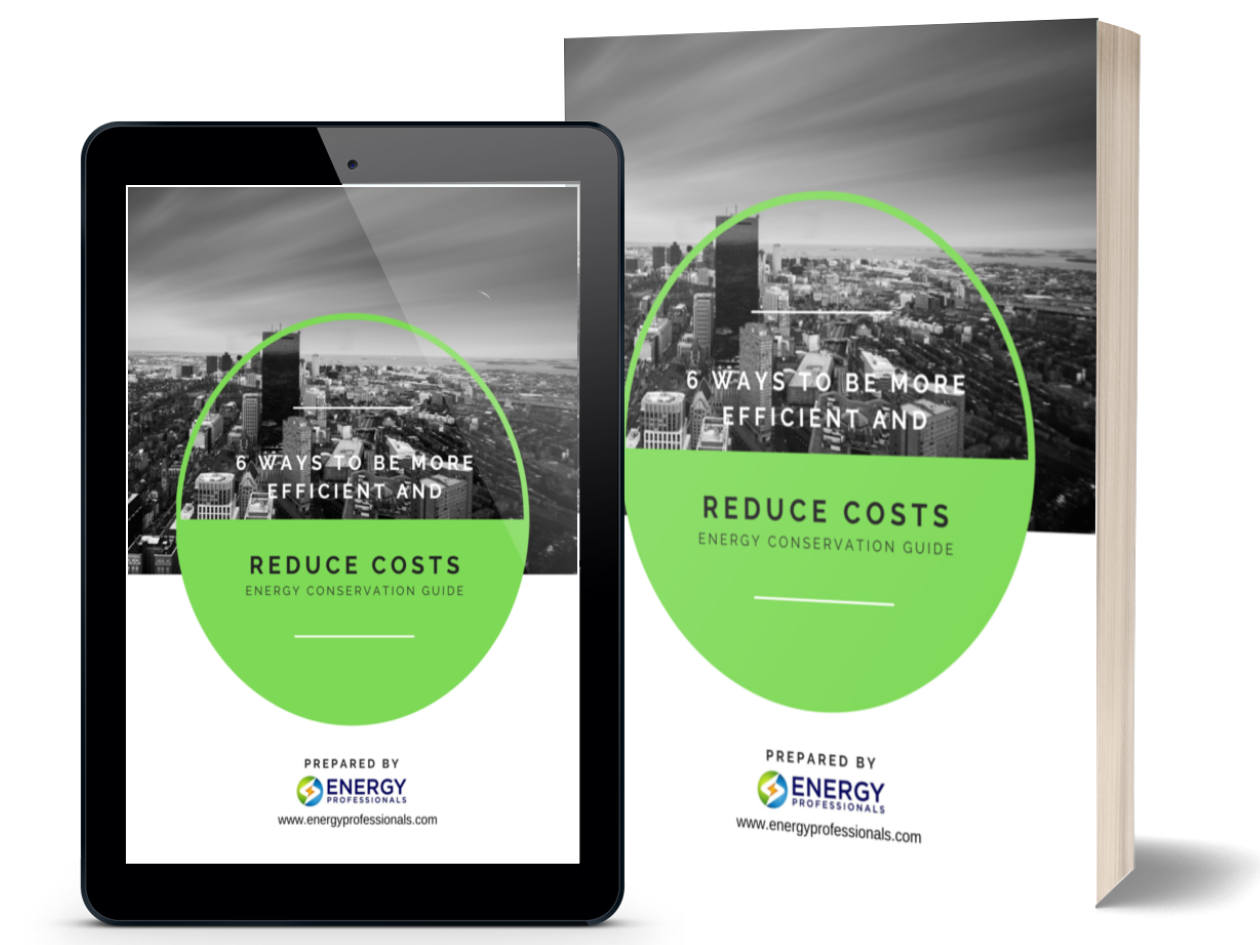2020 Wind Power Overview
Is Wind Our Cheapest Source of Energy? According to a study released by the National Renewable Energy Laboratory, the United

Is Wind Our Cheapest Source of Energy? According to a study released by the National Renewable Energy Laboratory, the United
According to a study released by the National Renewable Energy Laboratory, the United States has the potential of generating enough offshore wind power to generate nine times the current total U.S. electricity consumption in a single year.
Scientific America reports: “The report found that U.S. wind energy will continue to be one of the lowest cost electricity generation technologies available, with the long-term wind electricity price available through a power purchase agreement coming in at about half the expected cost of just running a natural gas power plant.”
When it comes to energy production, there are many factors that get taken into account when calculating cost of production per megawatt hour.
The Levelized Cost of Energy (LCOE) is a measure of the average net present cost of electricity generation by source over it’s lifetime.
To the right you can see a chart that projects energy costs by production source, showing renewable energy being almost 50% cheaper than burning fossil fuels and wind power being considered the cheapest method of energy production.
Below you can see a video we thought you might find interesting. The first off-shore wind power system being completed in 2016. Located 4 miles off shore from Block Island, Rhode Island.
In 2018, the U.S. wind power industry reported it’s ability to power over 30 million U.S. homes, an 8% growth in total capacity. In addition to providing affordable electricity, wind power has supports a record breaking 114,000 jobs and over 500 U.S. based factories.
Wind power generation also reached a new peak in 2018, increasing to 96 thousand megawatts of cumulative installed wind power capacity – more than double the capacity we had in 2010. Win project installed in 2018 alone represent more than $2 billion dollars in new private investments.
States that are heavily relying on wind power are now running more than 20% on wind power, the state include Kansas, Iowa, Oklahoma, North Dakota, South Dakota and Maine.
In 2018, wind turbines generated 6.5% of all electricity delivered to U.S. energy customers.
Texas
Overall, Texas produces and uses more energy than any other state in the U.S. So it is with wind power as well. For the past three years 25 percent of the U.S.’ electricity generated by wind power comes from Texas. As of 2019, wind power generated 22 percent of Texas’ electricity needs.
Oklahoma
For a long time, most of Oklahoma’s energy was generated from natural gas and coal. But in 2016, for the first time, wind power generated more electricity than coal. By 2018, wind power provided Oklahoma with 31 percent of all in-state energy production and needs.
Iowa
While Iowa doesn’t generate as much electricity from wind power as Texas, as of 2018 it ranked as the second largest producer of wind power generated electricity in the U.S. Wind power provides Iowa with 34 percent of the total electricity it needs.
Kansas
Coming in first place is Kansas. In 2018, Kansas installed 543 megawatts of new wind generation, creating enough electricity to provide for 36 percent of their total electricity usage.


Don't have one? You can get one by calling us at 855-4-PKIOSK.
Energy Professionals is committed to finding its customers the best possible rates on electricity and natural gas. Tell us your location and service type and our energy manager will connect you to the most competitive offers.
Switching to an alternate supplier is easy. There is no chance of service disruption, and you'll continue with your current utility for energy delivery and emergency service. Take a few minutes to discover your best offers, and enjoy the benefits of retail energy in your home or business.
1. Energy Type
2. Service Type
3. Zip Code
4.Local Company
5.Zone
We believe that knowledge is power. Here’s a free e-book that provides business solutions to reducing energy costs.
Download E-Book Free Energy Audit




